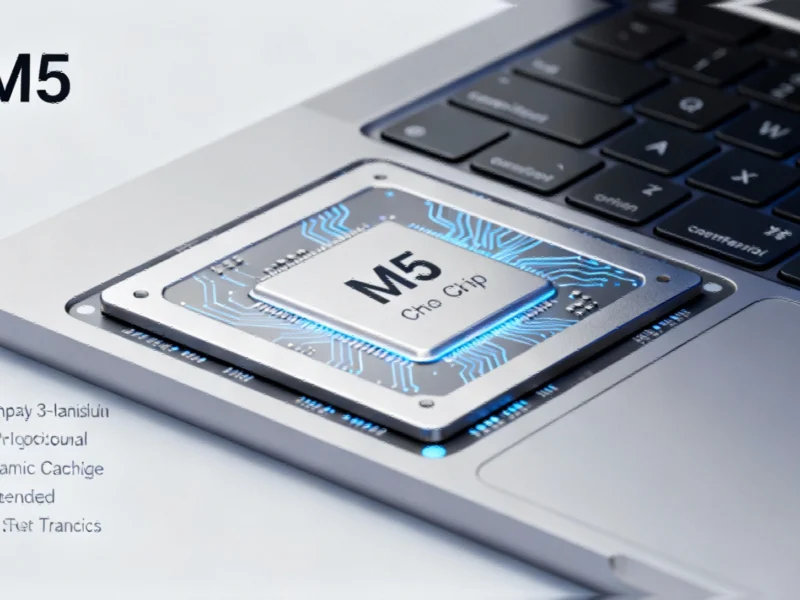According to Digital Trends, OpenAI’s Sora AI video generator has officially launched on Android through the Google Play Store, roughly one month after its initial iOS debut. The app is now available to users in Canada, Japan, Korea, Taiwan, Thailand, the United States, and Vietnam, requiring Android version 6.0 or later to function. Crucially, the previously frustrating invite-only restriction has been completely lifted, meaning anyone in supported regions can download and use the app immediately. The Sora 2 model powers the video generation, allowing users to create realistic videos with contextual sound using text prompts, still images, or video clips as references. The interface closely resembles popular short-form video platforms like TikTok and YouTube Shorts, complete with liking, sharing, and commenting features.
Why this matters
This Android launch is actually way more significant than just another app release. For starters, it represents OpenAI’s growing confidence in Sora’s stability and capabilities—they wouldn’t be opening the floodgates to Android’s massive user base if they weren’t pretty sure the system could handle it. But here’s the thing: ending the invite-only phase completely changes the accessibility equation. Suddenly, millions more people can experiment with AI video creation without waiting for permission.
And let’s talk about that interface design choice. Making Sora look and feel like TikTok or YouTube Shorts isn’t accidental—it’s strategic. They’re banking on users already being comfortable with the mechanics of scrolling, liking, and sharing. Basically, they’ve removed the learning curve for the social aspects, letting people focus entirely on the creative possibilities.
What you can actually do with it
So how does this thing work in practice? You download the app, sign in with your OpenAI account, and then the magic happens. You can start with a text prompt describing what you want to see—everything from “a cat wearing a tiny hat dancing in the rain” to more complex scenarios. But text isn’t your only option. You can upload a still image and animate it, or take a short video clip and transform it by adding or removing elements.
The contextual sound feature is particularly interesting because it’s not just about the visuals. The AI generates appropriate audio to match what’s happening on screen, which adds another layer of realism. Want to create a video of waves crashing? You’ll get the sound of ocean waves too. It’s this attention to the complete sensory experience that sets Sora apart from earlier AI video tools.
The bigger picture
Now, the limited regional availability might frustrate some users, but that’s pretty standard for AI rollouts. OpenAI is likely testing the waters in markets where they have strong infrastructure and legal frameworks. The rapid expansion from iOS to Android in just a month suggests we’ll see broader availability soon enough.
But as more people get their hands on this technology, we’re going to face some serious questions. Intellectual property concerns are already bubbling up—who owns these AI-generated videos? How do we handle content moderation when anyone can create realistic-looking footage of anything? And what happens to authenticity when machine-generated media becomes indistinguishable from the real thing?
These aren’t theoretical problems anymore. They’re becoming immediate challenges as tools like Sora move from exclusive beta tests to mainstream availability. The genie isn’t just out of the bottle—it’s now available on both major mobile platforms.




